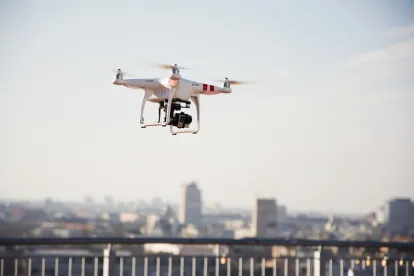CNN has recently received a ‘first of its kind’ waiver associated with its drone operating license with the Federal Aviation Administration (FAA), allowing CNN to fly its drones over open-air crowds of people at altitudes of up to 150 feet above ground level with no restrictions regarding crowd density. This is a big deal because this waiver sets a new precedent that would now allow operators to fly drones over people. As of today, the FAA has issued 1,317 Part 107 waivers with only seven of the waivers allowing drone operations over people – and, when allowed, limiting those flights to closed set operations and only when the drone is tethered. Further, the waivers limited the flights to a maximum height of 21 feet above ground level.
CNN’s waiver marks a change in perspective for the FAA. Previously, when evaluating whether waivers should be allowed, the FAA would review all requests from a “worst-case scenario” point of view; i.e., what happens if the drone would crash. With CNN’s waiver request, however, the FAA appears to have accepted a new approach—the ‘reasonableness approach.’ This approach takes into account a “totality of circumstances” regarding whether the drone can be operated over people safely, including the potential results of a crash, the safety record of the operator, any built-in safety procedures, and test data demonstrating that the drone is safe to operate over people. This new perspective in evaluating Part 107 waiver requests promises to open the door to the rest of the commercial drone industry, and at the very least would allow other media companies to more effectively cover news events.
CNN was originally selected by the FAA in 2015 as one of three industry ‘Pathfinders’ that would help develop safe uses of drones in news-gathering. CNN originally received the first ever waiver granted by the FAA to fly small tethered vehicles over people in 2016. CNN also received the first waiver to fly a small drone over people for closed-set motion picture and television film.




 />i
/>i
